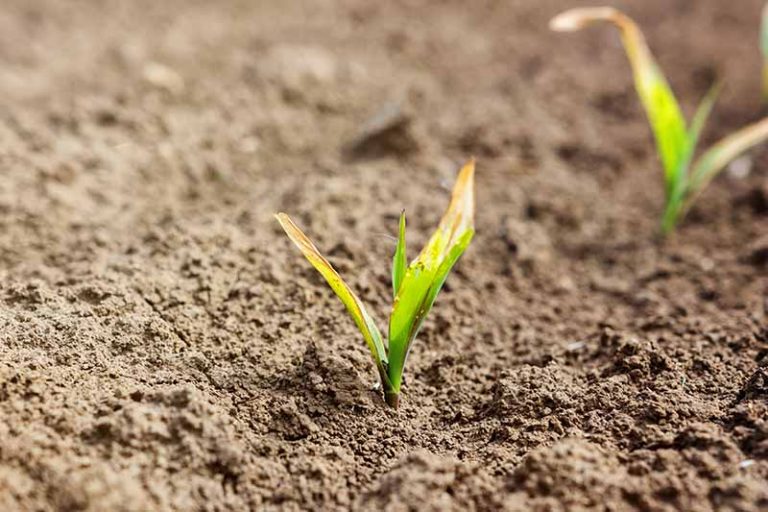
Cultivation to throw soil around exposed roots may aid the corn's recovery. However, there may be situations where insect feeding and/or herbicides may be a contributing factor.Īfter plants lodge, adequate rainfall will promote crown root development and plants can recover. Generally, they are not the major causes of the rootless corn problems at these early stages of corn development. corn rootworm) may also cause lodging to occur in corn plants during vegetative development. Plants are forced to rely on the seed root system or limited nodal root growth until more favorable temperatures and moisture conditions allow nodal root growth to resume.Ĭertain types of herbicide injury (e.g. When unshaded surface soil temperatures reach the mid 90's or higher on hot days, the nodal root growth of shallow planted corn may stop. Nodal root growth is very sensitive to high temperatures (with root growth slowing or stopping at soil temperatures exceeding 86✯). However, if the seed is planted shallower (1 inch or less), then the nodal roots may form near or at the surface where they are more exposed to fluctuations in soil moisture and temperature. If corn seed is planted 1 1/2 to 2 inches deep, then the nodal (or crown) roots begin to develop at about 3/4 inches below the soil surface. The nodal roots, not the seminal roots (associated with the seed), are important in providing the water and the mineral nutrients that the corn plant needs for normal growth and development. The nodal roots develop above the seed and comprise the permanent root system of corn. If the planting furrow opens as soils dry after planting (this is most common in no-till), coleoptile growth stops and the crown can be set near the seed, essentially placing the seed and seedling above the soil.

One of the causes of the high-crown syndrome is subsidence of the soil due to rainfall after planting, when planting occurs in dry soils fluffed by tillage. “High crown syndrome” has been associated with rootless corn problems ( ). Excessive rainfall and shallow plantings may cause erosion and soil removal around the crown region that can result in rootless corn. These include shallow plantings, hot, dry surface soils, compacted soils, and loose or cloddy soil conditions. Rootless corn problems are usually caused by weather-related conditions that coincide with the development of the permanent (or nodal) root system and various environmental factors. When affected plants are examined, the nodal roots appear stubby, blunt, and unanchored to the soil. Leaning and lodged plants (sometimes referred to as "floppy corn”) may also be wilted. The force of winds can also break off nodal roots and inhibit the establishment of a permanent root system. The problem often becomes evident when corn is subjected to strong winds, which results in plants falling over because there is a limited number or no nodal roots supporting them. 2) This condition is generally observed in plants from about the V3 (three leaf collar stage) to the V8 stage of development. Affected corn plants may only be anchored in the soil by seminal roots or by a single nodal root. Plants exhibiting rootless corn symptoms are often leaning or lodged. Rootless corn (or rootless corn syndrome ) occurs when there is limited or no nodal root development. Sometimes the wind-induced leaning is associated with excessive vegetative growth which gets ahead of the root system supporting the plant, especially when the root system is restricted. Amanda reported that about 24 hours after the wind event the plants had already straightened up.


Usually, this leaning is short-lived and plants recover within several days. Last week, Amanda Douridas, ANR Extension Educator in Champaign Co., shared observations of corn leaning at approximately the V3-V6 stage in several fields (see Fig. It is not uncommon for young plants to exhibit “lodging” as a result of strong winds. I have received several reports of corn leaning because of the high winds we have experienced recently along with the heavy rains.


 0 kommentar(er)
0 kommentar(er)
